From dust to glory: the origins of non-racial cricket in Lenasia
Making history
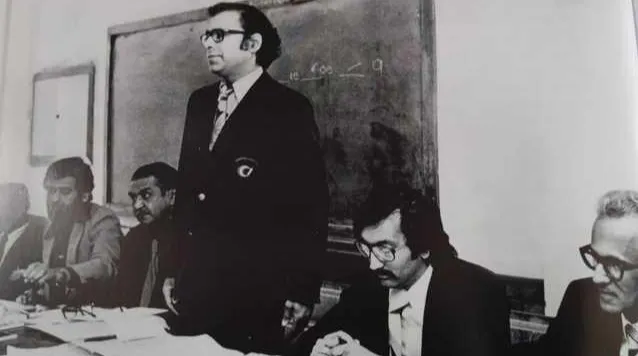
Dr Abubaker Asvat addressing the TCB AGM
Image: Supplied
By the late 19th century, cricket had taken root in South Africa’s racially segregated communities. Despite apartheid divisions, inter-racial matches emerged - though fragile alliances often led to split leagues - inadvertently reinforcing the official policy of racial segregation.
In 1947, the non-white cricket boards united to form the South African Cricket Board of Control (SACBOC), organising national competitions across racial lines. By 1960, SACBOC became the first non-racial, national cricket body, leading South African cricket until 1976. Football and rugby would later follow similar paths.
Reverend Sigamoney and the fight for fields
Access to sporting facilities for non-whites was a persistent challenge. Reverend Bernard Sigamoney, a Durban-born teacher, activist, and Anglican minister, moved to Johannesburg and began advocating for Indian sports grounds. He formed the Johannesburg Indian Sports Ground Association and after six years secured land for the Natalspruit Sports Ground in 1934 - a vital space for football and cricket.
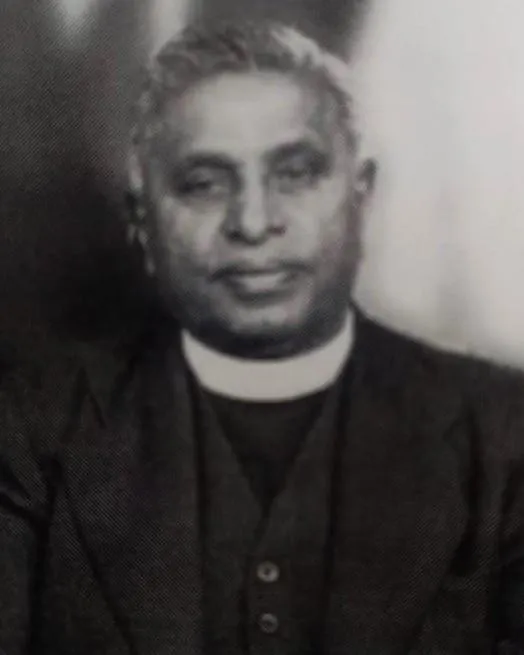
Reverend Bernard Sigamoney
Image: Supplied
Alongside Durban’s Curries Fountain and Cape Town’s Green Point, it became a hub for non-White sport in Transvaal. However, forced removals from the 1950s through to the 1970s decimated such facilities. Natalspruit was closed in 1973, and Queenspark in Vrededorp followed in 1975.
Cricket finds a home in Lenasia
Between 1955 and 1963, apartheid-era relocations forced Indian families to Lenasia. The first rudimentary field emerged at the Lenasia High School. Players initially remained with Witwatersrand clubs, but in 1965, the Western Districts Indian Cricket Association (WDICA) was formed with Solly Patel as chairman and Solly Chothia as secretary.
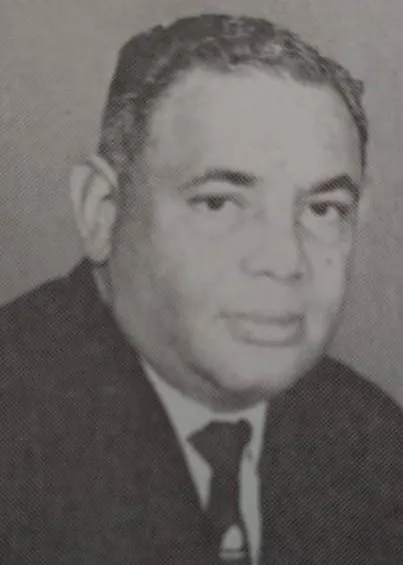
Solly Patel – first President of WDICA)
Image: Supplied
WDICA rapidly expanded becoming the largest affiliate of the Transvaal Cricket Federation. Fixture shortages led to matches with Johannesburg clubs and in 1967 four fields in Lenasia Extension 6 were allocated to ease the pressure.
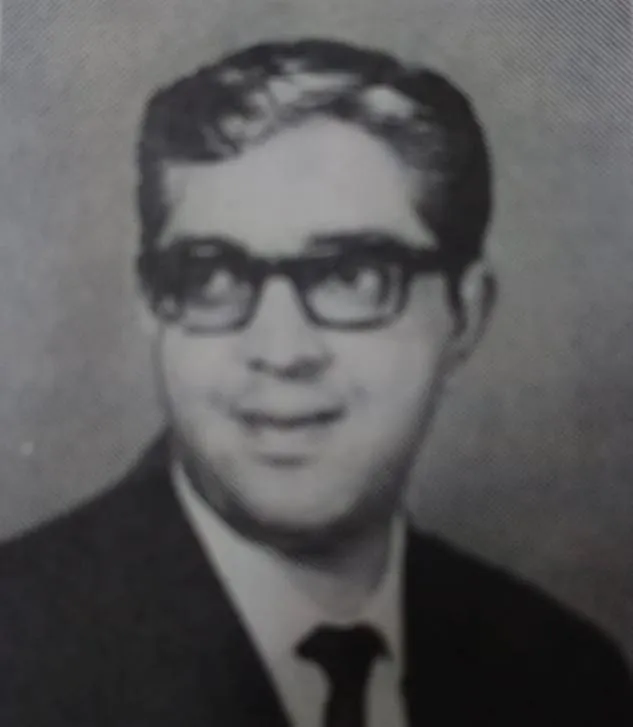
Solly Chothia (WDICA Secretary)
Image: Supplied
A tournament and turf pitch milestone
In 1967, WDICA launched the Lenasia Cricket Tournament - Transvaal’s first outside SACBOC’s national events. Held over Easter, it drew teams nationwide and was praised for excellent organisation.
By 1971, the tournament shifted temporarily to Natalspruit due to stadium construction in Lenasia, which introduced the first turf pitch for non-white players in South Africa.
In 1972, Abdul Latief ‘Tiffie’ Barnes made history with the first non-racial, first-class century at the new stadium. WDICA’s inclusion in Transvaal’s inter-zone competition expanded opportunities but sadly the Lenasia Tournament was discontinued. Lenasia then hosted key Dadabhay Trophy and North vs South matches, featuring the country’s top non-racial cricket players.
The collapse of non-racial cricket
The late 1970s saw secret talks between SACBOC and the white-run South African Cricket Association (SACA), resulting in the South African Cricket Union (SACU). This ended the golden age of non-racial cricket.
WDICA and other non-white affiliates dissolved. While some welcomed the unified structure, critics like the non-racial South African Council on Sport (SACOS) and the South African Non-Racial Olympic Committee (SANROC) saw it as superficial in a still-divided society. Outrage grew after SACU clarified that multiracial clubs were never part of the agreement.
Disillusionment was widespread with leaders such as Dr Abubaker Asvat condemning the betrayal, and many players exited the game altogether.
A rebirth of resistance
In 1977, the South African Cricket Board (SACB) emerged under Hassan Howa, and the Transvaal Cricket Board (TCB) followed later that year. Azads Cricket Club and leaders like PJ Bhana and Dr Rasik Gopal drove its creation. Led by Percy Pheffer, the TCB expanded rapidly and by 1983, it had 43 clubs.
Cricket revival included junior development through the Transvaal Junior Cricket Board, producing future stars like Mohammed Moosajee and “Jack” Manack. Internal conflict eventually led to TCB’s dissolution. Dr Gulam Karrim later led the Cricket Association of Transvaal (CAT), which survived until national unity efforts in 1991.
Schools rekindle the flame
Cricket thrived in schools like Lenasia and Nirvana High, rekindling a fierce rivalry. Educators such as Hoosain Ayob and Yusuf Wadee elevated standards, and Mr Abdulhaq ‘Blikkies’ Bismillah’s leadership brought excellence to junior cricket.

(Veteran cricketer and coach, Hoosain Ayob)
Image: Supplied
Many schoolboys played in SASSA national tournaments. Transvaal High Schools became a powerhouse with players like Moosajee captaining the SA Schools Team. Teachers Farouk Mahomed and Ismail Baker fostered widespread learner participation.
Lenasia Stadium: sabotage and reclamation
Despite forming the TCB, the Lenasia Stadium remained under control of the apartheid-aligned Johannesburg Cricket Council. Provincial fixtures moved elsewhere. In protest, Pirates Cricket Club defied the ban but faced arrest threats. The pitch was later sabotaged.
Eventually, the community reclaimed it.
In 1983, Pirates and Crescents CC "invaded" the field and played a match without incident. The stadium was symbolically renamed albeit briefly after the renowned local Dr Abubaker Asvat.
Though rebuilding was hard, veterans like ‘Ossie’ Latha, ‘Morris’ Garda and others helped attract new talent, including players from other provinces like Vincent Barnes and Haroon Lorgat. Several honed their skills overseas and returned as elite players and coaches.From 1977 to 1991, clubs such as Azads, Pirates, Proteas and others upheld non-racial cricket. Key Howa Bowl captains included ‘Sam’ Nana, ‘Jack’ Manack and Haroon Lorgat.

Lenasia turns 70
Image: Supplied
Unity, but not without tension
South Africa's political transition in 1991 spurred sport unity efforts. SACOS refused to join until full democracy was achieved, but the United Cricket Board of South Africa (UCBSA) was nonetheless formed in 1991.SACOS members walked out in protest, leaving CAT weakened.
Still, leaders like Dr Gulam Karrim, lawyer Mahomed Jajbhay and administrator Goolam Rajah helped represent Transvaal cricket in unity talks. As CAT’s era ended, clubs like Crescents and Pirates left a lasting mark.
New Challenges in a Unified Era
As unified leagues formed, top CAT clubs earned Premier League spots, with stars like the Manack cousins, Iqbal Khan, Imran Munshi and Nezier Dindar among many others. Yet non-white players faced marginalisation and voting rights inequalities.
Dr Karrim expanded his advisory group to address these concerns. Bright moments followed - Ahmed Omar became the first Indian-origin South African in the national U15 and U19 teams, scoring a century against England. But competitiveness lagged and Justice Jajbhay proposed mergers.
In 1995, legacy clubs united as the Lenasia Cricket Club (LCC). Despite early enthusiasm, by the late 1990s, momentum waned. The UCB’s Transformation Charter faced local resistance and top administrators like Dr Moosajee walked out of governance meetings in protest.CSA intervened, appointing Justice Pius Langa to lead an inquiry. His recommendations led to a more inclusive structure - though it took nearly a decade to implement.
Lenasia’s Stadium: from glory to neglect
In 1994, Lenasia Stadium hosted international teams including Pakistan, Sri Lanka, England and Barbados. But by the 2000s, the ground deteriorated. Promised upgrades never came. A 2009 budget for floodlights was diverted to FNB Stadium.
LCC spent R800 000 of its own funds to maintain basic standards, supported by Lions CEO Jono Leaf-Wright.Meanwhile, a R4 million allocation in 2019 for the upgrade of the Tech Grounds remains unaccounted for. Legal appeals from the Abu Asvat Institute were ignored, and poor conditions has forced teams to play away from home, draining resources.
Beyond the boundary: Lenasia’s broader impact
Despite challenges, Lenasia has had a national and global impact on cricket:
⦁ Hoosain Ayob led CSA coaching and helped expand African cricket from 8 to over 20 countries.
⦁ Ahmed Omar was the first Indian-origin South African to play U15 and U19 cricket.
⦁ Shaylin Pillay and Yasin Valley played at U19 World Cups.
⦁ Goolam Rajah managed the national team for 20 years and later the World XI in Australia.
⦁ Shahed Wadvalla served as an international umpire and presently as match referee.
⦁ Sikander Wadvalla became South Africa’s first non-White cricket CEO in 1995.
⦁ Haroon Lorgat led CSA and ICC, building CSA’s assets to over R2 billion.
⦁ Dr Moosajee rose from team doctor to CSA Vice President and is presently a delegate to ICC.
⦁ Hussein Manack was a national selector and presently a cricket commentator.
⦁ Iqbal Khan served as a CSA board director for eight years.
⦁ Aslam Khota, a veteran commentator, has covered over 400 international matches and produced cricket documentaries. He also authored Across the Great Divide in 2003.
⦁ LCC secured sponsors like Epic Foods and Big Bom, funding hundreds of junior cricketers.
Legacy and the road ahead
Lenasia’s cricket journey - from gravel fields to international arenas - reflects resilience and community pride. Pioneers like Solly Patel, Yusuf Cajee and Sallie Bhikoo laid the foundation, and their sacrifices live on.
Now, 70 years since cricket first arrived in Lenasia, the mission continues: to restore facilities, rebuild club culture and carry forward a legacy born from dust, and shaped into glory.
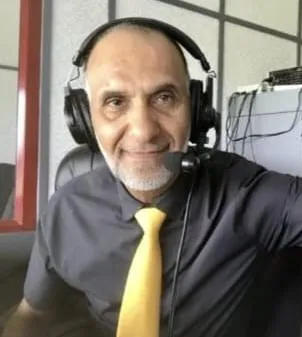
Aslam Khota
Image: Supplied
Aslam Khota is a veteran cricket commentator and author.
Related Topics: